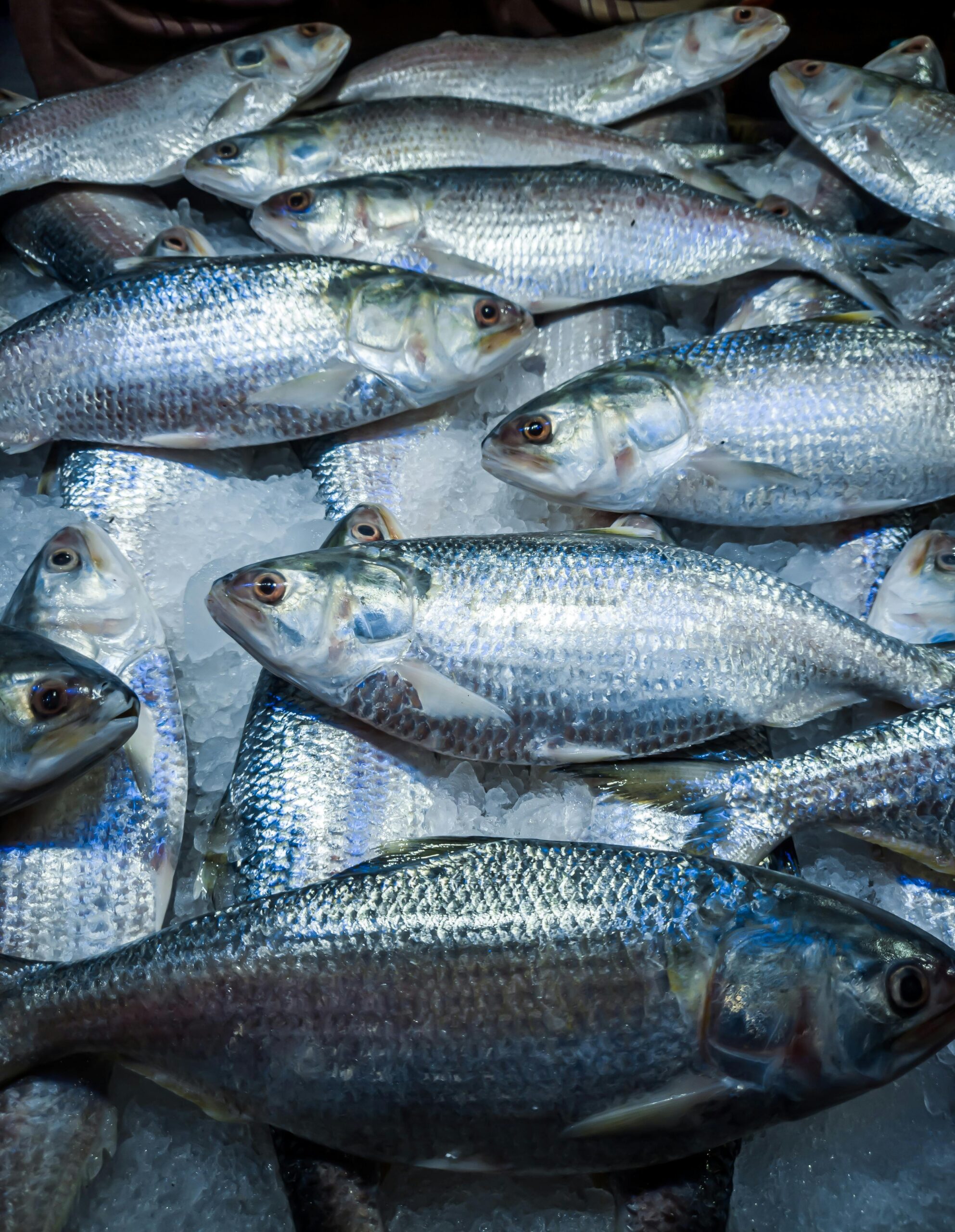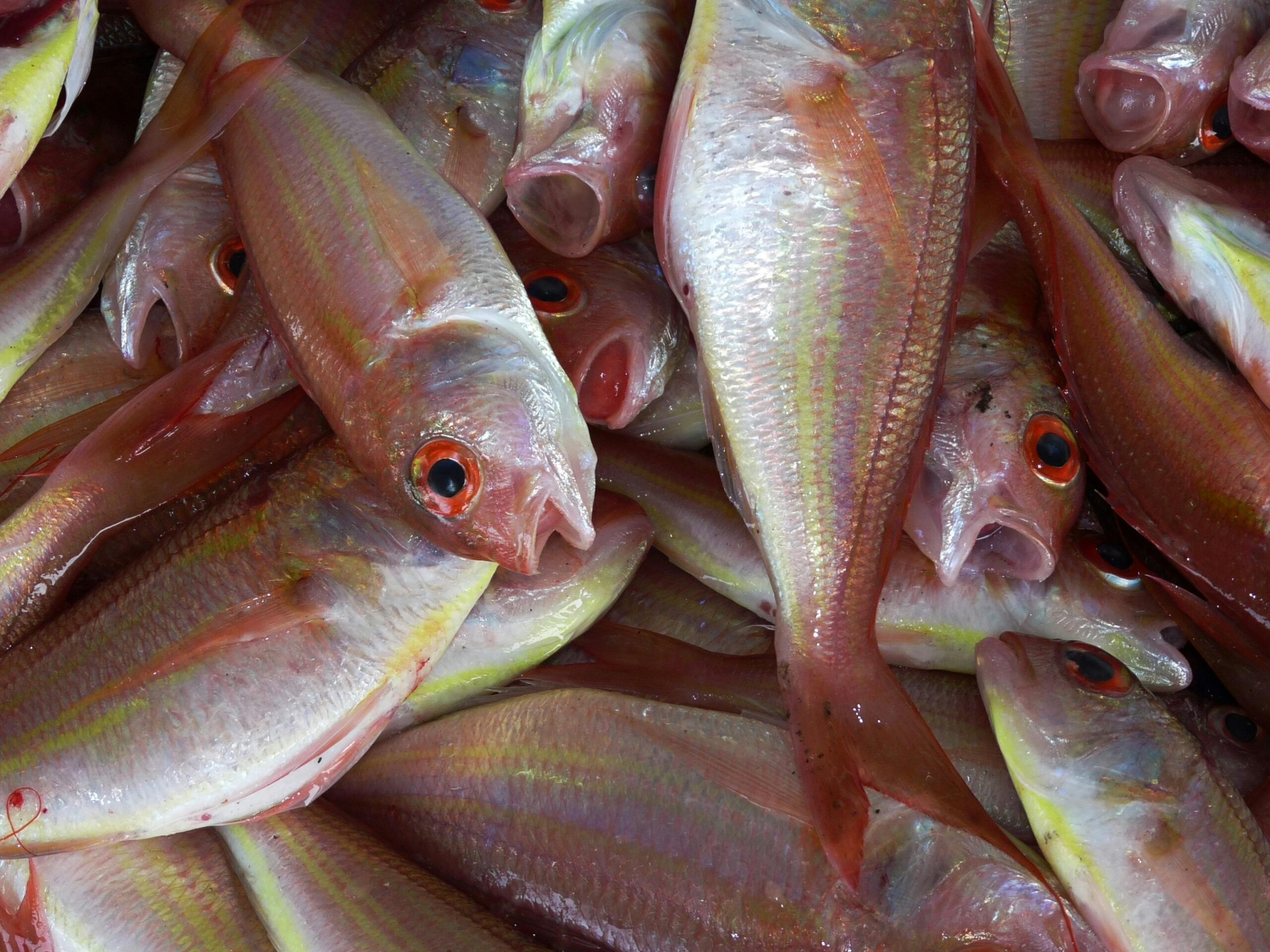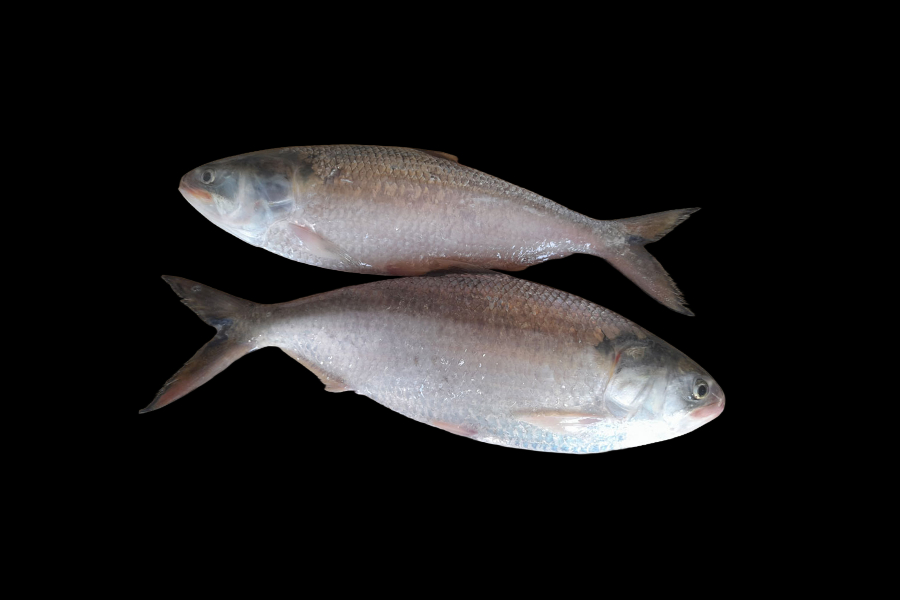Fishes for consumption refers to the types of fish that are caught for human consumption. These fish are rich in nutrients and are used in various culinary preparations across the world. From freshwater fish to saltwater fish, different species are enjoyed as food due to their taste, texture, and health benefits.
🥗 Why are Fish Important for Food?
✅ High in Protein: Fish is an excellent source of high-quality protein, essential for muscle growth and overall body function.
✅ Omega-3 Fatty Acids: These healthy fats improve heart health and brain function.
✅ Low in Fat: Most fish are low in fat and easily digestible, making them a healthy choice.
✅ Vitamins & Minerals: Fish provides essential nutrients like vitamin D, B12, iodine, calcium, and iron.
✅ Low in Cholesterol: Fish oils, like those in salmon, help to improve cholesterol levels and heart health.
🌊 Types of Fishes for Consumption
1️ Freshwater Fish 🎣
These fish are found in rivers, lakes, ponds, and streams. They generally have a milder taste and softer flesh.
Examples:
- Rohu – Popular in Bangladesh, India, and South Asia.
- Catla – Known for its large head and delicious meat.
- Tilapia – Fast-growing and widely consumed across the world.
- Pabda – Sweet-tasting and known for its delicate texture.
- Boal – A large and strong-flavored freshwater fish.
2️ Saltwater Fish 🌊
These fish are found in the oceans and seas. They typically have firmer flesh and stronger flavors.
Examples:
- Hilsa (Ilish) – A national fish of Bangladesh and India, known for its rich flavor.
- Salmon – A global favorite, rich in protein and omega-3 fatty acids.
- Tuna – Widely consumed, often used in sushi and steak preparations.
- Mackerel – Known for its high omega-3 content and strong flavor.
- Cod – A popular fish in Europe, often used for fish and chips.
3️ Shellfish, Crustaceans & Mollusks 🦐
These are marine animals with hard shells and are high in protein and minerals.
Examples:
- Shrimp/Prawn – Sweet and tender, commonly used in various dishes.
- Crab – Known for its soft meat and rich flavor, often considered a delicacy.
- Lobster – A luxury seafood, often served grilled or boiled.
- Oysters & Mussels – Popular in coastal regions and often eaten raw or steamed.

🍽️ Popular Cooking Methods for Fishes
1️ Frying & Grilling
🔥 In Bangladesh & India: Fish like Hilsa, Catla, and Rohu are commonly fried in mustard oil.
🔥 In Western countries: Grilled Salmon and Mackerel are popular choices.
2️ Curry & Stew
🍛 In Bangladesh & India: Fish curry dishes like Ilish Bhorta, Rui Maas, and Fish Paturi.
🍛 In Thai & Chinese cuisine: Fish curries, steamed fish with soy sauce.
3️ Baking & Smoking
🍽️ Salmon, Tuna, and Cod – Often baked in the oven with herbs and spices.
🍽️ Smoked Fish – Salmon is commonly smoked in many Western cuisines.
4️ Raw & Marinated
🍣 Japanese Sushi & Sashimi: Tuna and Salmon are often eaten raw.
🍋 Ceviche: Fish marinated in lemon juice, often found in Latin American dishes.
🌍 Fish Consumption Around the World
1️Bangladesh & India
- Hilsa, Catla, Rohu, Pabda, and Boal are widely consumed.
- Fish is usually prepared with mustard oil and various spices.
2️ Europe & America
- Salmon, Tuna, Cod, and Mackerel are the most common.
- Grilling, baking, and smoking are the popular cooking methods.
3️ China, Japan & Korea
- Sushi, Sashimi, and fish broths are common in these countries.
- Tilapia and Cod are consumed in large quantities.
4️Africa & Middle East
- Grilled fish, fish stews, and spicy fish dishes are popular.
- Nile perch, Sardines, and Mackerel are frequently consumed.
♻️ Sustainable Fishing & Conservation
✔️ Prevent Overfishing: Some fish species, like Bluefin Tuna, are at risk of extinction.
✔️ Aquaculture: Fish farming helps reduce pressure on natural fish populations.
✔️ Catch & Release: When catching fish that are too young or out of season, it’s essential to release them back into the water.



